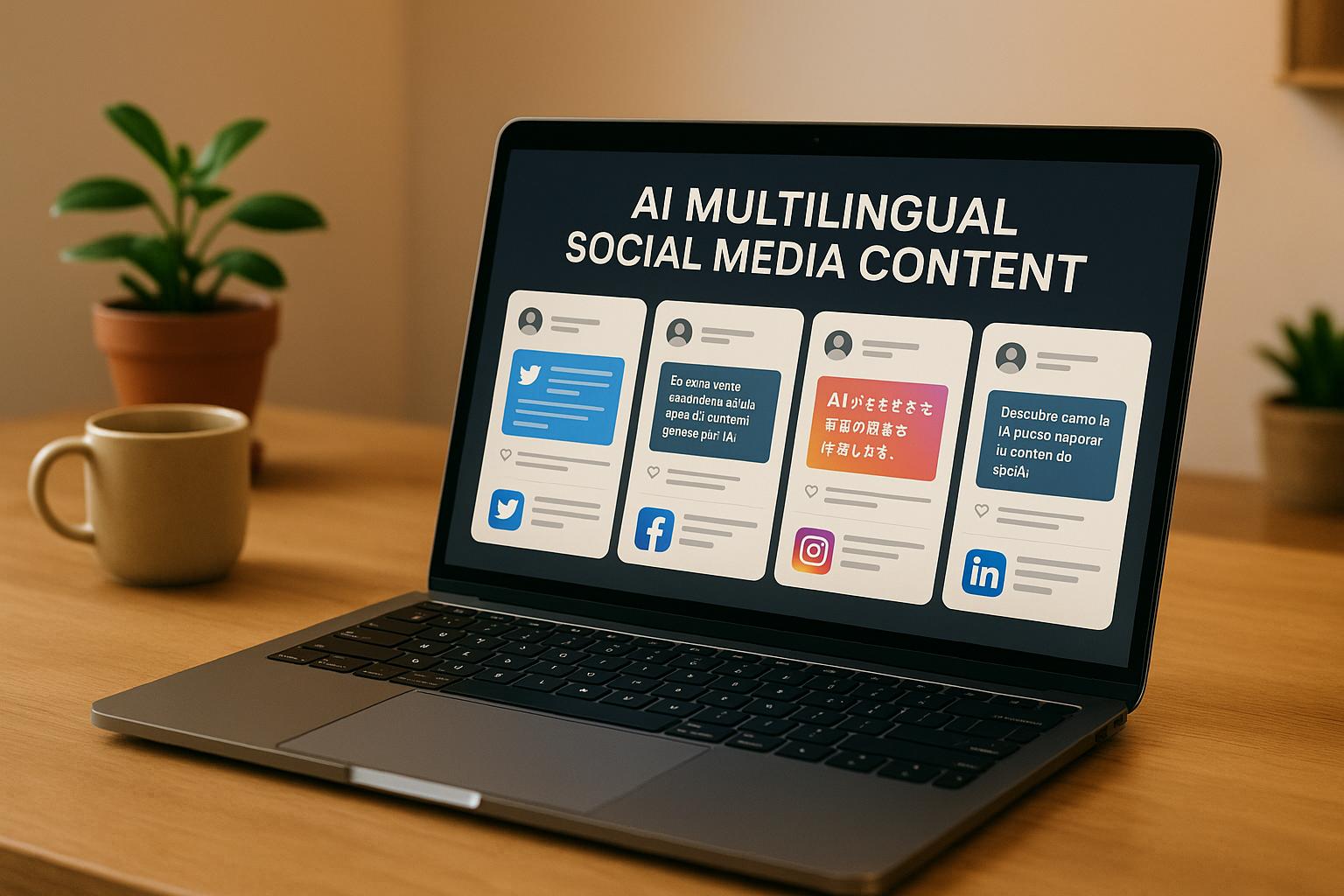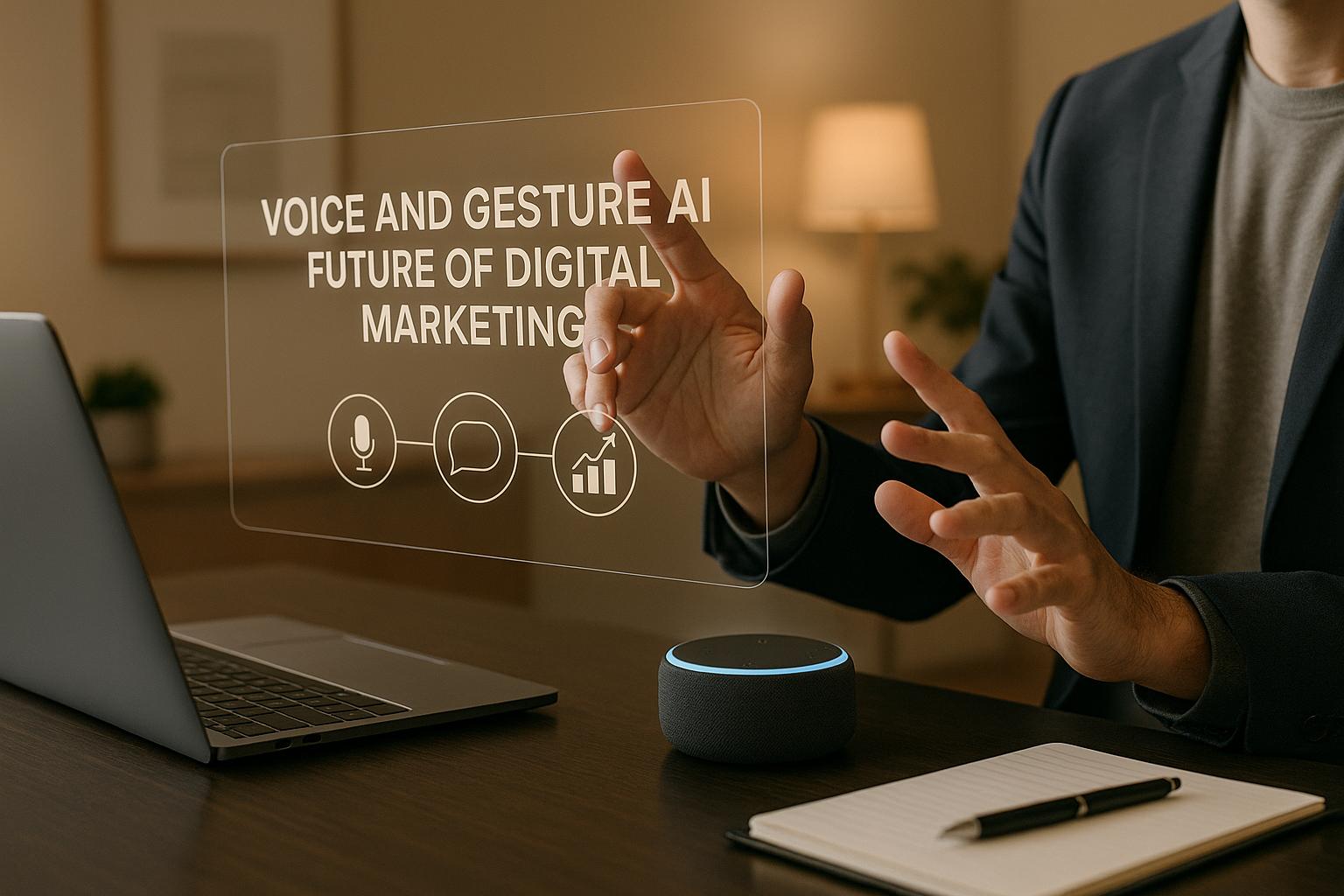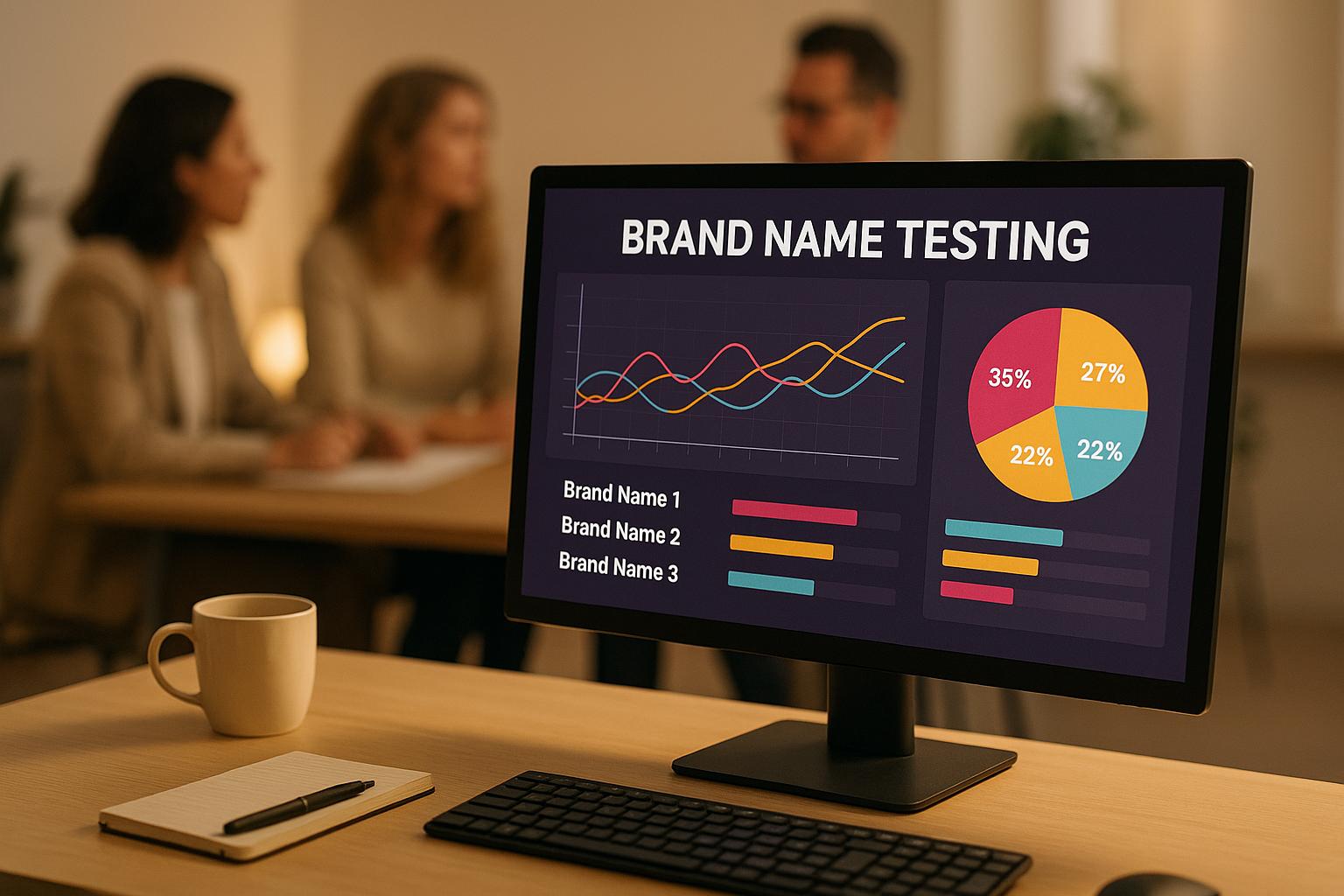At My Rich Brand, we know that a solid content management strategy framework is the backbone of successful digital marketing. It’s the key to creating, organizing, and distributing content that resonates with your audience and drives results.
In this post, we’ll break down the essential components of an effective content management strategy framework. We’ll show you how to align your content with business goals, streamline your creation process, and leverage the right tools for maximum impact.
What Are Your Content Goals?
Aligning Content with Business Objectives
The first step in defining your content goals is to align them with your overall business objectives. Ask yourself: Do you want to increase brand awareness, generate leads, or drive sales? Your content strategy should directly support these goals. For example, if your primary business objective is to increase sales of a specific product line, your content goals might focus on creating product comparisons, user guides, and customer success stories related to that product line.
Understanding Your Target Audience
Knowing your audience is essential for creating content that resonates. We recommend you conduct thorough market research to identify your target audience’s demographics, interests, pain points, and preferred content formats. Tools like Google Analytics and social media insights can provide valuable data about your existing audience. Additionally, surveys and customer interviews can offer deeper insights into their needs and preferences.
Setting Measurable KPIs
To track the success of your content strategy, you need to set specific, measurable Key Performance Indicators (KPIs). These might include metrics such as website traffic, engagement rates, lead generation, or conversion rates. According to Content Marketing Institute, 62% of B2B companies set goals that align with their organization’s objectives for their content marketing efforts.

When setting KPIs, establish baseline metrics and set realistic targets. For instance, if your current blog receives 5,000 monthly visitors, a goal to increase traffic by 20% over the next quarter would be more realistic than aiming for 100,000 visitors in the same timeframe.
Prioritizing Content Types
Based on your goals and audience insights, determine which types of content will be most effective. This could range from blog posts and whitepapers to videos and podcasts. A study by HubSpot found that 54% of consumers want to see more video content from brands they support, highlighting the growing importance of visual content in marketing strategies.
Adapting to Change
Your content goals should remain flexible and adaptable. Review and adjust them regularly based on performance data and changing business needs. This approach ensures your content strategy stays relevant and effective in a dynamic digital landscape.
As you define your content goals, the next step is to develop a robust plan for content creation and distribution. This plan will serve as your roadmap for turning your goals into actionable strategies and tangible results.
How to Create and Distribute Winning Content
Craft an Effective Content Calendar
A content calendar serves as your roadmap for consistent, high-quality content production. Map out key dates, events, and product launches relevant to your business. Plan your content around these milestones. Tools like Trello or Asana can help you visualize and manage your content schedule effectively.
Over half of successful B2B marketers changed their targeting/messaging strategy (70%) and adjusted their editorial calendars (64%) in response to changing market conditions. This statistic underscores the importance of planning ahead and maintaining a flexible content flow.
Streamline Your Content Creation Process
Establish a smooth content creation workflow for efficiency and quality. Define roles and responsibilities within your team clearly. Determine who will generate ideas, create content, and handle editing and approval.

Implement a content brief template that outlines key elements like target audience, main message, and desired outcomes for each piece of content. This ensures alignment and reduces revisions later in the process.
Maximize Your Distribution Channels
Choose the right distribution channels to make your content successful. Analyze where your target audience spends their time online and focus your efforts there. For B2B companies, LinkedIn might be a primary channel, while Instagram could be more effective for B2C brands targeting younger demographics.
Don’t overlook email marketing. Despite the rise of social media, email remains a powerful distribution channel. A study by Campaign Monitor found that email marketing drives an ROI of $44 for every $1 spent.
Optimize for Search Engines
Implement SEO best practices to increase your content’s visibility. Start with keyword research to understand what your target audience searches for. Tools like SEMrush or Ahrefs can provide valuable insights into search volumes and competition levels for different keywords.
Incorporate your target keywords naturally into your content, including titles, headers, and meta descriptions. Avoid keyword stuffing, as this can negatively impact your search rankings.
Focus on creating high-quality, in-depth content that provides real value to your readers. Google’s algorithms increasingly favor comprehensive, authoritative content over shallow, keyword-stuffed articles.
Optimize your content for featured snippets (the boxed answers that appear at the top of Google search results). Structure your content with clear headers and concise answers to common questions to increase your chances of securing these coveted positions.
The next step in your content management strategy involves implementing the right tools and processes to manage your content effectively. Let’s explore how to select and utilize these resources to streamline your content operations.
How to Streamline Your Content Management
Select the Right Content Management System
Choosing an appropriate Content Management System (CMS) forms the foundation of your content strategy. WordPress powers over 40% of all websites, making it a popular choice. For businesses that need more customization, platforms like Drupal or Contentful offer greater flexibility. When making your decision, consider factors such as ease of use, scalability, and integration capabilities.
Establish Content Governance
Content governance ensures your online footprint reflects your brand’s rules and standards. Create clear guidelines for brand voice, tone, and style. Develop a centralized document that outlines these standards and makes them easily accessible to all team members.
Create Templates and Style Guides
Templates and style guides prove invaluable for maintaining consistency and efficiency in content creation. Develop templates for different content types (such as blog posts, social media updates, and email newsletters). This approach saves time and ensures brand consistency.
Optimize Approval and Review Processes
Efficient approval and review processes maintain content quality without bottlenecks. Implement a clear workflow that defines who needs to review and approve content at each stage. Tools like Asana or Trello help visualize and manage these workflows effectively.
Leverage AI-Enhanced Copywriting
AI-enhanced copywriting tools can generate initial drafts quickly, while expert teams ensure the final product aligns with brand voice and marketing objectives. This combination of AI technology and human creativity leads to superior content quality. My Rich Brand offers AI-generated copywriting services that produce high-quality content efficiently.

Final Thoughts
A robust content management strategy framework forms the cornerstone of successful digital marketing. This framework aligns content goals with business objectives, understands target audiences, and sets measurable KPIs. It also includes a well-crafted content calendar, streamlined creation workflows, and strategic distribution channels to reach the right people at the right time.

Continuous improvement plays a vital role in maintaining an effective content management strategy framework. Regular analysis of content performance, audience feedback, and industry trends allows for adaptation to changing market conditions and audience preferences. This ongoing refinement ensures content remains relevant and engaging.
AI-enhanced tools can significantly boost efficiency in content creation, distribution, and analysis. At My Rich Brand, we offer AI-generated copywriting services combined with expert human oversight. This powerful solution helps businesses scale their content efforts without compromising on quality (while maintaining the perfect balance between strategic planning, creative execution, and technological innovation).





